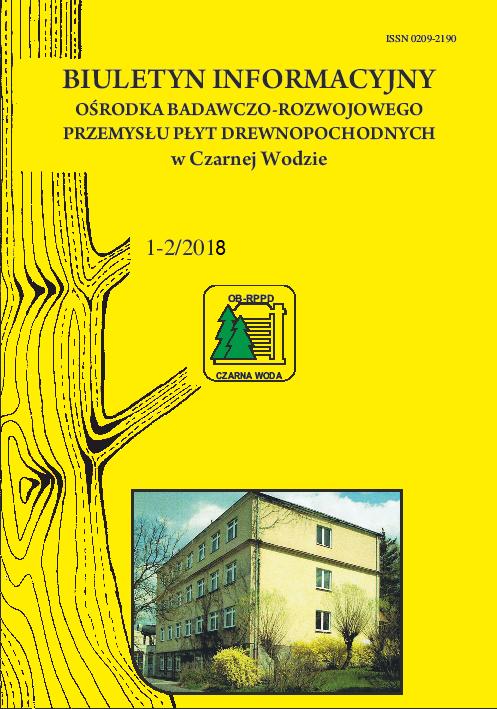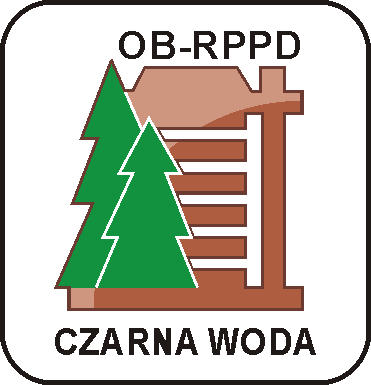
-
Bulletin
Research & Develpoment Centrefor Wood-Based Panels in Czarna Woda
Evaluation of the physical and mechanical properties of paricle boards manufactured containing plum pruning waste
Radosław Auriga, Piotr Borysiuk, Zuzanna Misiura
- Abstract
- Article full text in English
The experiment involved manufacturing three-layer particleboards with the addition of plum wood (25% and 50%) originating from the annual maintenance pruning. The reference oard was made of an industrial softwood blend. Mechanical (MOR, MOE, IB) and physical properties (thickness swelling after 2 h and 24 h immersion in water, and water absorbance) of the boards were assessed. It was found that the share of plum pruning waste significantly decreased the strength properties and increased the thickness swelling of the manufactured particleboards. Nevertheless, the boards met requirements of the EN 312: 2011 standard for P2 - boards for interior fitments (including furniture) for use in dry conditions.
Influence of water glass on selected properties of particleboard
Piotr Borysiuk, Radosław Auriga, Wojciech Jasiński
- Abstract
- Article full text in English
The study aimed to determine the properties of particleboards impregnated with water glass. Three variants of surface impregnation were examined: one, two, and three layers of water glass. Flammability of the impregnated boards was tested by the single flame method and selected mechanical and physical properties of the boards (MOR, MOE, IB, density and density profile, water absorption, and thickness swelling after soaking in water) were determined. The reference material was non-impregnated particleboard. Obtained results revealed that the surface impregnation with water glass improved the fire resistance of the particleboard. At the application of 93 g/m2 water glass, the boards demonstrated a statistically significant improvement in mechanical properties. However, impregnation deteriorated boards resistance to moisture.
The selected properties of hybrid panels made of oil palm fiber and rubberwood chips
Paulina Bielska, Mariusz Mamiński
- Abstract
- Article full text in Polish
The paper describes the possibility of using empty fruit bunch (EFB) fiber of palm oil and rubberwood chips in hybrid fiber-chipboards. The panels were made in three densities: 600, 700 and 800 kg/m3 , for which the density profile, water absorption (65-92%), swelling (26-29%) and internal bond (0.27-0.65 N/mm 2 ) as well as the surface soundness (0.14-0.34 N/mm 2 ) were determined. None of the panel variants met the requirements of the standards regarding the surface soundness (PN-EN 312) as well as swelling and water absorption (PN-EN 622). The boards of density 800 kg/m 3 exhibited internal bond of 0.65 N/mm2 and thus met the requirements of PN-EN 622. It has been demonstrated that palm oil fibers and rubberwood chips are a potential feedstock for hybrid fibre-chipboards.




